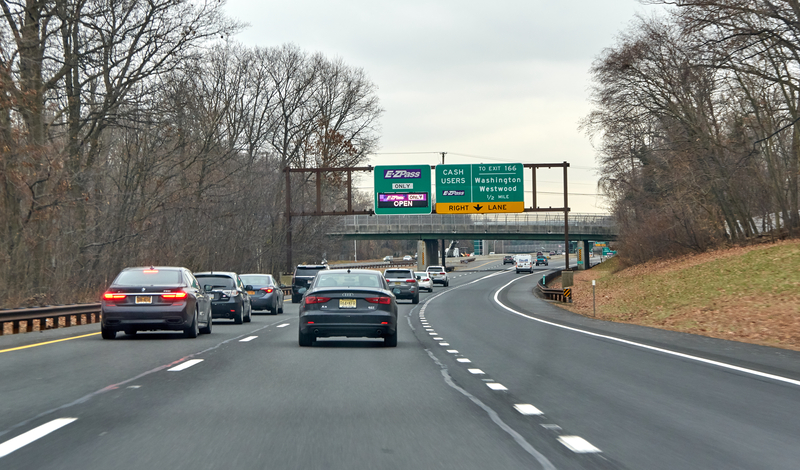
Summary: A new study suggests that prenatal cannabis use may affect long-term brain development and mental health.
Researchers used data from the ABCD study to examine imaging of children exposed to cannabis in the womb and discovered potential biological mechanisms, including altered brain structure and inflammation, that may contribute to behavioral problems.
The study highlights the complexity of the relationship between prenatal cannabis exposure and later mental health consequences.
Important facts:
- Effects of prenatal exposure: Cannabis use in the womb can alter brain development and increase mental health risks.
- Findings from neuroimaging: Changes in brain structure and inflammation were observed in exposed children.
- Complex factors: It remains a challenge to distinguish the effects of cannabis from genetic and environmental factors.
Source: WUSTL
Scientists are trying to understand how cannabis may affect long-term neurological development when people are exposed to it in the womb. Previous work by WashU researchers Sarah Paul and David Baranger in the Behavioral and Neuroimaging (BRAIN) Laboratory, led by Ryan Bogdan, has found links between prenatal cannabis exposure and possible mental health conditions in childhood and adolescence, but potential biological mechanisms that could potentially explain this association were unclear.
In a study published in Nature Mental Health This month, Bogdan, the Dean’s Distinguished Professor of Psychology and Brain Sciences at Washington University in St. Louis, and postdoctoral fellow Baranger outline some of these potential mechanisms, the intermediate biological steps that might play a role in how prenatal cannabis use leads to behavioral problems later in life.
“We see evidence that cannabis use can affect brain development, which is consistent with the links to mental health,” Baranger said.
Trying to figure out the long-term effects of cannabis use during pregnancy is not an easy knot to untangle. There are many confounding factors that affect mental health and behavior.
For example, let’s say someone was exposed to cannabis in the womb and later develops attention deficit disorder as a teenager. How can one then distinguish whether it is an inherited trait or a trait influenced by environmental factors, or whether it is a trait influenced by cannabis use in early development? Or all three processes could contribute to later psychopathology.
A further complication is the increasing prevalence of cannabis use, including among pregnant women, where cannabis use increased from 3 to 7 percent between 2002 and 2017.
The researchers used statistical methods to filter out some of these confounding factors and determine possible biological links between prenatal cannabis exposure and adolescent behaviors.
Nothing can prove a causal link 100 percent, “but we can test the plausibility of the causal link, and the identification of potential biological correlates associated with cannabis use and these mental health effects suggests that it is plausible,” Bogdan said of the study results.
The researchers used data from the Adolescent Brain and Cognitive Development (ABCD) Study, an ongoing research project involving nearly 12,000 children in the United States.
As part of this study, researchers collected data on each mother’s substance use before birth, as well as neuroimaging data at ages 9-10 and 11-12. About 370 children were exposed to cannabis before the mother learned of the pregnancy, and 195 were exposed to cannabis both before and after pregnancy.
The researchers examined a range of imaging techniques important for brain development, including measurements of brain thickness and surface area, and measurements of water diffusion in and out of cells. The patterns found in the group of children exposed to cannabis before birth are consistent with a possible reduction in neuroinflammation.
“We may be observing an anti-inflammatory effect of cannabis that leads to differences in the way the brain is pruned during neurological development,” Bogdan said.
Cannabis’ anti-inflammatory effects are widely touted, but reducing inflammation isn’t always a good thing. Timing matters. Reducing inflammation too much at the wrong time can interfere with calming and priming the brain.
Another theory is that cannabis use leads to accelerated aging. However, one should not expect to find biological evidence that mental illness is due to early cannabis use.
It might not even be due to pruning. It might not be due to cannabis use itself, but rather the combustion products of smoking cannabis that could trigger accelerated aging and the cognitive effects that come with it, Bogdan said.
Or it’s all sociological factors.
Trying to find a one-to-one association that proves that prenatal cannabis use has negative effects during the teenage years is challenging and may not be possible with retrospective studies.
Baranger points out that the biggest limitation of this dataset is that it is a retrospective dataset; mothers reported their cannabis use levels 10 years ago. He is therefore looking forward to new data from prospective longitudinal studies that will provide more timely, accurate and detailed information on cannabis use during pregnancy.
“This may give us more answers to these questions in the future.”
In the meantime, the results of this study reinforce that if you are considering using cannabis during pregnancy, “you should talk to your doctor about your options and possible other options,” Baranger advised.
Financing: The research reported in this press release was supported by R01DA54750 (RB, AA). Additional grants included: DAAB (K99AA030808), APM (T32DA015035), AJG (DGE-213989), SEP (F31AA029934), ASH (K01AA030083), ECJ (K01DA051759; BBRF Young Investigator Grant 29571), CER (R01DA046224), AA (R01DA54750), RB (R01DA54750, R21AA027827, U01DA055367). Data for this study were provided by the Adolescent Brain Cognitive Development (ABCD) study, which was funded by grants U01DA041022, U01DA041025, U01DA041028, U01DA041048, U01DA041089, U01DA041093, U01DA041106, U01DA041117, U01DA041120, U01DA041134, U01DA041148, U01DA041156, U01DA041174, U24DA041123, and U24DA041147 from the NIH and other federal partners (https://abcdstudy.org/federal-partners.html).
The content is solely the responsibility of the authors and does not necessarily reflect the official views of the National Institutes of Health.
About this CUD and Developmental Neuroscience Research News
Author: Leah Schaeffler
Source: WUSTL
Contact: Leah Shaffer – WUSTL
Picture: The image is from Neuroscience News.
Original research: Closed access.
“Prenatal cannabis use is associated with local brain differences that partially mediate associations with increased adolescent psychopathology” by Ryan Bogdan et al. Nature Mental Health
Abstract
Prenatal cannabis use is associated with local brain differences that partially mediate associations with increased adolescent psychopathology.
Prenatal cannabis exposure (PCE) is associated with mental health problems in early adolescence, but the possible neurobiological mechanisms are unknown.
In a large longitudinal sample of adolescents (ages 9–12 years) N= 9,322–10,186), we find that PCE is associated with localized differences in gray and white matter of the frontal and parietal cortex, associated white matter tracts, and striatal resting-state connectivity, even after accounting for potential confounders such as pregnancy, family, and child.
Variability of diffusion metrics of the forceps minor and triangularis muscles partially mediates longitudinal associations between PCE and attention problems and symptoms of attention deficit/hyperactivity disorder.
PCE-related differences in brain development may lead to worsening mental health in early adolescence.



